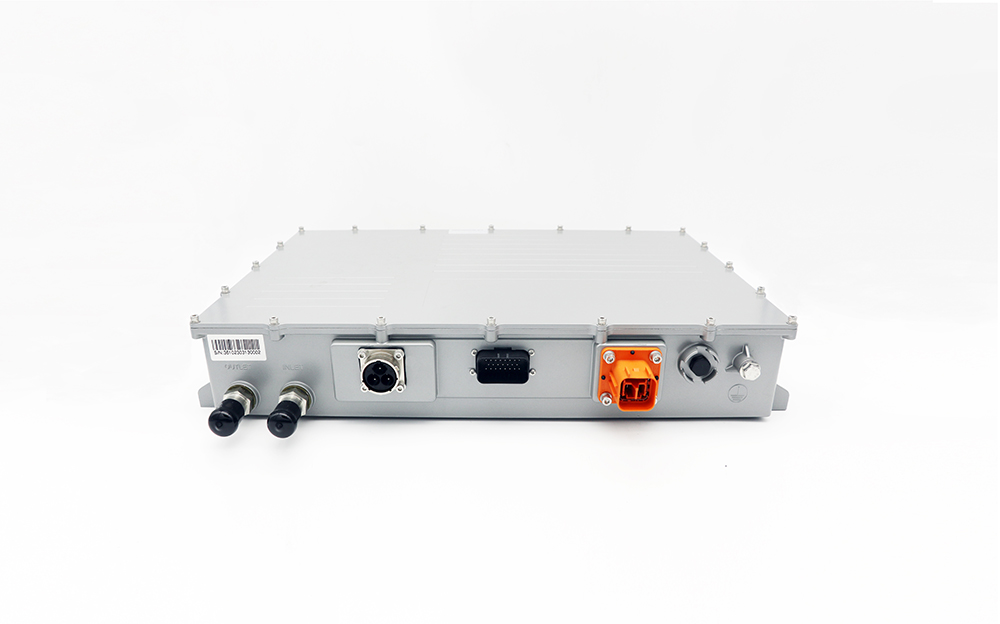
An on board charger (OBC) is a built-in component in electric vehicles (EVs) that converts alternating current (AC) from charging stations or wall outlets into direct current (DC) for the battery. While external charging stations (EVSE) supply power, the OBC takes charge of regulating voltage and current to optimize the charging process.
1. Charging Flexibility
- Since the OBC handles power conversion, standard AC charging stations don’t require complex communication with the EV, ensuring broader compatibility.
- Enables charging from various AC sources, including home outlets and public stations.
2. Battery Protection & Charging Strategy
The OBC manages charging in two main phases:
- Constant Current (CC) Mode – Speeds up charging during the initial stage.
- Constant Voltage (CV) Mode – Prevents overcharging as the battery approaches full capacity.
This approach helps extend battery life by minimizing risks such as overheating and overcharging.
3. Power Factor Correction (PFC)
The OBC enhances power efficiency by adapting to different AC inputs—whether single-phase or three-phase—improving overall energy conversion.
1. Limited Charging Speed
- OBCs generally support power levels from 3.7 kW to 22 kW, making AC charging slower compared to DC fast charging (which bypasses the OBC).
- High-power DC chargers (50 kW and above) can replenish an EV’s battery much faster.
2. Added Weight & Cost
- Integrating an OBC increases the vehicle’s weight and manufacturing cost.
- Higher-power OBCs (e.g., 22 kW) come at a greater expense but help reduce charging time.
Feature | On Board Charger (AC Charging) | DC Fast Charging (Bypasses OBC) |
Power Source | AC (Wall outlet/EVSE) | DC (Fast charging stations) |
Charging Speed | Slower (3.7–22 kW) | Faster (50–350 kW) |
Battery Impact | Controlled by OBC for longevity | Higher stress on the BMS/battery |
Cost & Complexity | Built into EV, simpler stations | Requires high-power external chargers |
On Board Chargers offer essential charging flexibility and battery protection but are limited in speed when compared to DC fast charging. As EV technology advances, OBCs are becoming more efficient, with some high-end models supporting faster AC charging. For daily use, OBCs remain a dependable solution, while DC charging is better suited for long-distance travel.
Next:CORNEX Officially Debuts "Everest" 6C Fast-Charging Battery Cell
Previous:Sunwoda Debuts Next-Gen 400 Wh/kg Solid-State Battery
Contact Person: Miss. Kiki
| WhatsApp : | +8617763224709 |
|---|---|
| Skype : | +8617763224709 |
| WeChat : | +8617763224709 |
| Email : | kiki@lifepo4-battery.com |